Most DIY’ers live for “demo day”, the day they get to bust through ugly walls and rip out outdated fixtures to make way for a brand new kitchen, bathroom, bedroom, or any home oasis – but having the wrong demo tools can dampen the experience. So, we put together our list of 8 demo tools you need for any home demo project.
Below is a quick list of demo tools for reference, but feel free to click on any tool to read up on it or get our recommendations.
Demo Tools
- Sledgehammer
- Reciprocating Saw
- Power Drill/Screwdriver
- Crow Bar
- Wrecking Bar
- Hammer
- Wire Cutters
- Jackhammer
“What are demo tools?”
If you’re new to DIY you might want to know what sets demo tools apart from your everyday hand and power tools. The main difference is that traditional hand and power tools are meant to put things together and demo tools are designed to take things out or break them up.
Demo tools help you break down walls, cut through studs, remove old wiring or plumbing, etc.
Sledgehammer
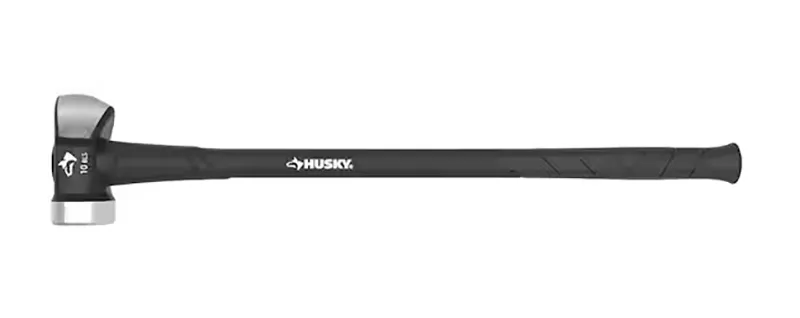
The demo tool every DIY’er is excited about, the sledgehammer! You will likely use a sledgehammer a lot if you need to take down walls to create an “open concept” layout, or if you need to install new wires or plumbing.
Sledgehammers are fairly affordable and you can be used in multiple projects. I recommend buying one of these.
- Recommended Tool: Husky 10 lbs. Fiberglass Sledgehammer from THD, or Ymachray 10 lb Sledgehammer from Amazon.
- TIA Review: TIA Sledgehammer Reviews
Reciprocating Saw

A reciprocating saw, or “sawzall” as it’s commonly referred to, is great for cutting through drywall, drywall studs, cutting out old plumbing, and so on. It’s not a precision tool. Instead it’s a powerful cutting tool that assists with demolition.
A reciprocating saw is another great tool to invest in, especially if you have a few demo or renovation projects lined up. These tools get beat-up so you can go with a more affordable or even a corded option. But we really like the Milwaukee Sawzall for its power and durability.
- Recommended Tool: Milwaukee M18 FUEL Gen. 2 SAWZALL (The Home Depot, Amazon)
- TIA Review: TIA Reciprocating Saw Reviews
Power Drill or Screwdriver
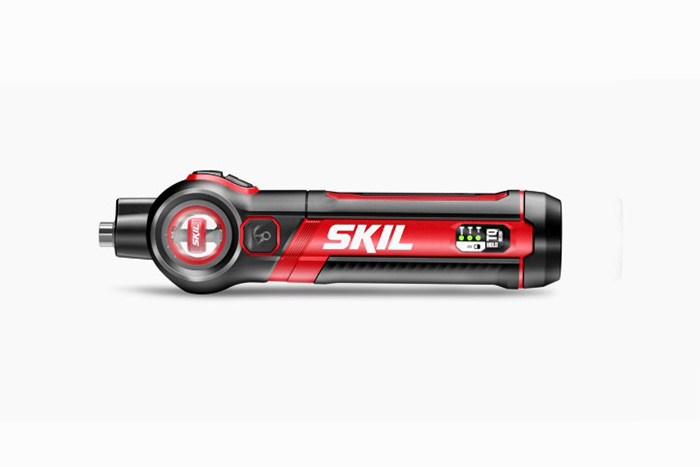
So far you have seen demo tools to smash and cut without abandon. But every so often you do have to pause and take things down or apart thoughtfully, and that is where a power drill or screwdriver comes in. Plus, taking fixtures like cabinets out allows you to donate or renovate them, as opposed to smashing them. But you’ll also need a drill or screwdriver to uninstall light fixtures, remove outlet covers, and such.
A power drill is the best option. The process will go the fastest and a power drill should be a staple in your toolbox. You should choose a drill from whatever battery platform you’re already using.
However, if you just need something simple and small for your demo job, I recommend the SKIL 4V Rechargeable Screwdriver. It’s compact and USB-C rechargeable. You can literally keep it in your pocket instead of carrying around a drill, battery and charger.
- Recommended Tool: SKIL Twist 2.0 Rechargeable 4V Screwdriver
- TIA Review: SKIL Upgrades it 20V Battery & Rechargeable Screwdriver
Crowbar
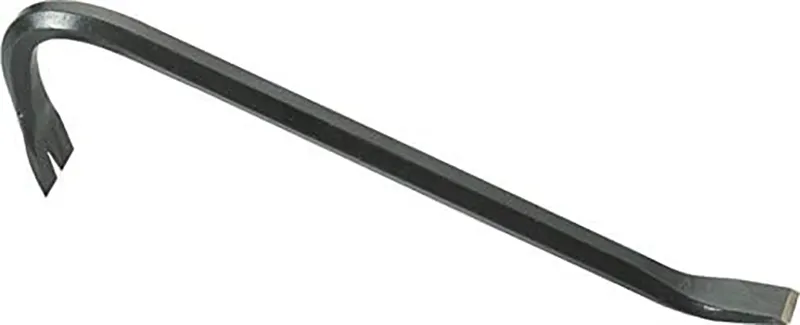
What do demo jobs and 1950’s gangers have in common? They both love crowbars! A crowbar is great for breaking something up, use it for leverage, chiseling, or just giving something a good “whack”.
A gooseneck crowbar is the most popular type. Crowbars are great when you don’t need precision. However, I also want to mention a pry bar is also helpful when you need to be more delicate, such as if you plan to reuse the trim from your project.
- Recommended Crow Bar: Edward Tools Gooseneck Crowbar
- Recommended Pry Bar: Edward Tools Wonder Bar Utility Pry Bar (for delicate applications)
Wrecking Bar
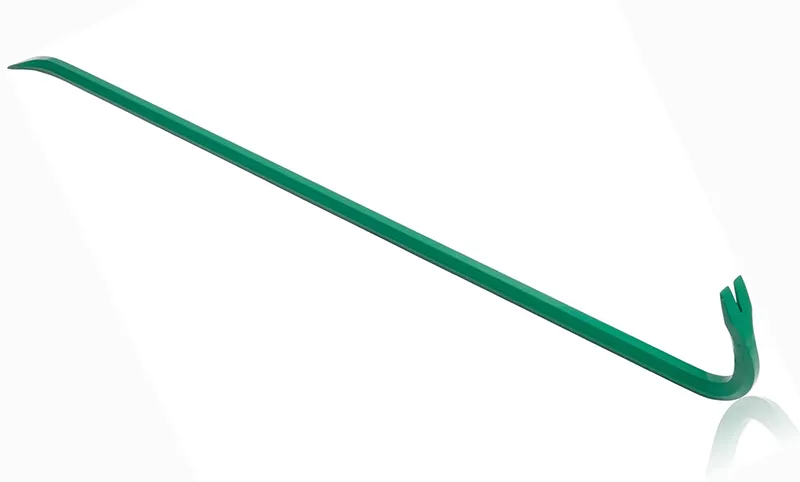
A wrecking bar is like a straight crowbar. If you have tile you need to remove, this is the tool. Again, it’s a straight metal bar, longer than a crowbar, and has a defined chiseled point. Gooseneck crowbar/wrecking bars are quite common as well.
- Recommended Tool: Monkey King Bar 36” Gooseneck Wrecking Bar
Hammer
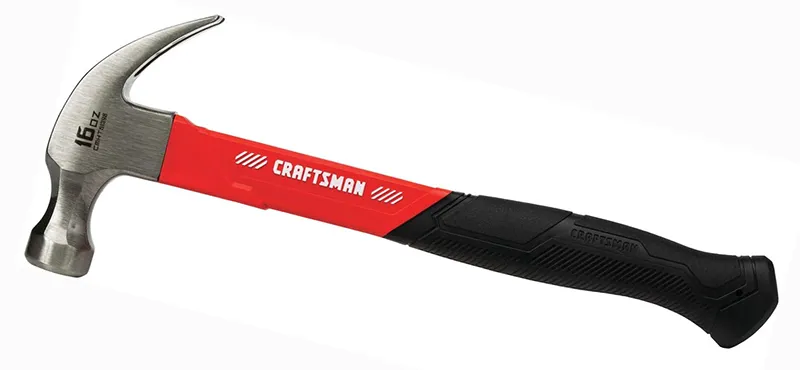
Not every smash requires the brute force of a sledgehammer. A hammer is more versatile and fairly lightweight. It makes a great demo tool for getting a quick inside look in wall. Plus the claw end can pull out stray nails that may be in the way.
You don’t have to be picky when selecting a hammer. I do prefer a name-brand hammer, such as CRAFTSMAN.
- Recommended Tool: CRAFTSMAN 16” Fiberglass Hammer
- TIA Review: TIA Hammer Reviews
Wire Cutters
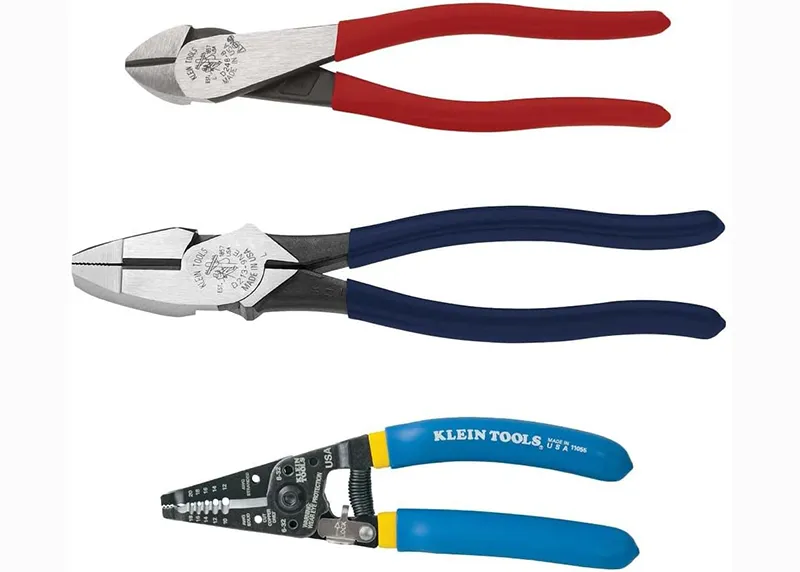
Removing old wires is a common task in a demo job, so wire cutters are an essential amongst your demo tools.
When it comes to electrical, there is no other brand to recommend other than Klein Tools. The tools are made for electricians and are made with safeguards to prevent shock – however, no tool trumps procedure. So, brush up on your electrical safety before you start cutting wires.
- Recommended Tool: Klein Tools Wire Cutter & Stripper Kit
- TIA Review: TIA Wire Cutter Reviews & News
Rotary Hammer Drill or Jackhammer
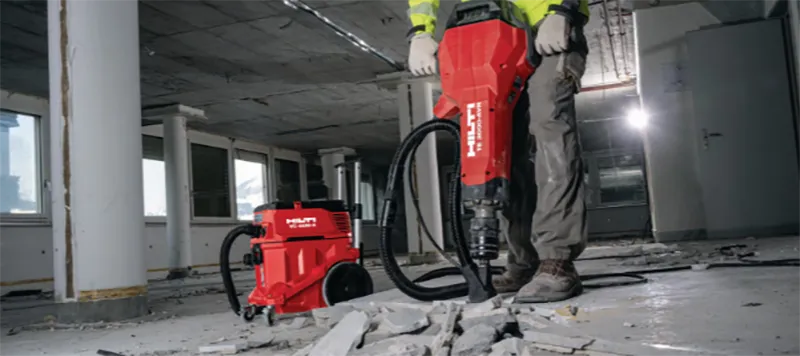
Okay, not every home project requires a jackhammer. But the big tools are always fun to bust out. A jackhammer or “concrete breaker” is essential anytime you need to break up concrete, such as installing a basement bathroom or breaking up any old patio.
Often, jackhammers are a single-use specialty demo tool and I recommend you rent one from your local hardware store, such as The Home Depot Tool Rental.
However, for those looking to buy a jackhammer, Hilti is the best when it comes to concrete. So, I have to recommend the Hilti TE 3000-AVR HEAVY-DUTY ELECTRIC JACKHAMMER if you’re considering getting into the demolition business.
- Recommended Tool: Hilti TE 3000-AVR HEAVY-DUTY ELECTRIC JACKHAMMER
A jackhammer may be just plain overkill; a hammer drill or rotary hammer drill (The Difference Between a Hammer Drill and Rotary Hammer Drill) may be all you need. Over the years Tools In Action has reviewed several rotary hammer drills. We don’t have a clear favorite, but suggest you consider a few things before you purchase one. Prices vary greatly, as well as overall power, and their power source (battery vs. corded). We suggest you go to your local The Home Depot or Ace Hardware and talk to a sales assistant and get their recommendation based on your project and overall needs. You may not even need to purchase one as renting may be an option. And if you feel confident you know just what you need, Amazon has an almost endless selection of hammer drills.
Your #1 Demo Tools
We have shown you ours now you show us yours! What are your favorite demo tools or products? Let us know in the comments along with your preferred brands. We’d also love to hear about the home or yard renovations that came out of your demo projects.

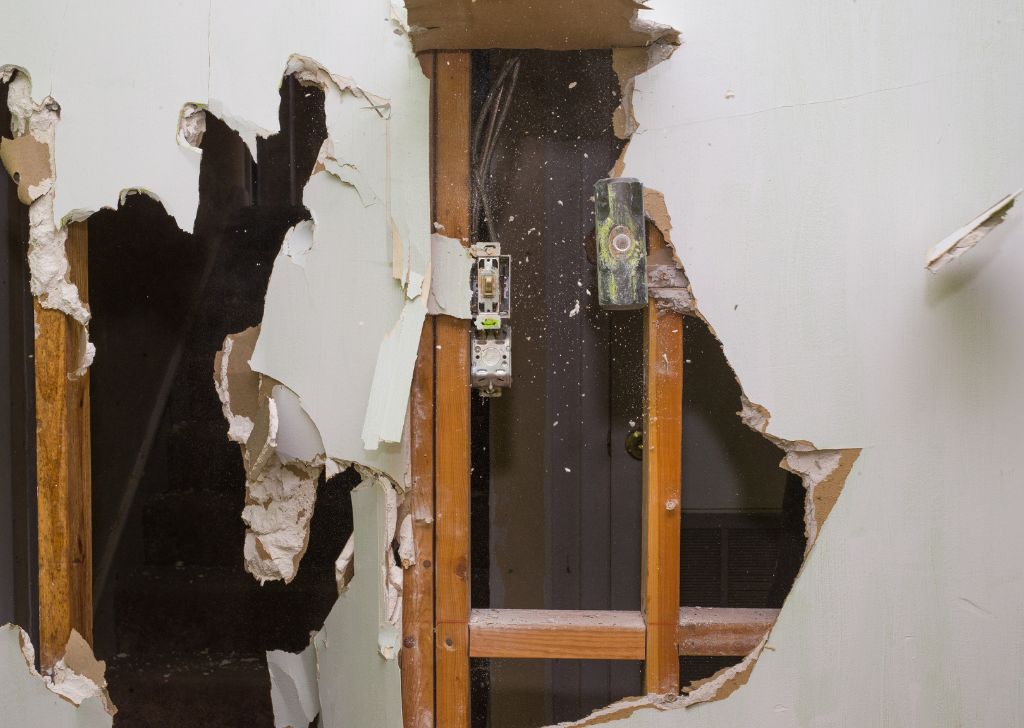
Nice. These are all very handy tools to have around. I have never used the Hilti, but could only imagine how nice that is.
Demo jobs go by much smoother when you have the right tools. Only items I would add are a power drill, auger, and chainsaw for those truly tough jobs. For you never know what you’ll need until you get on site.
locking pliers over wire cutters, you can extract asbestos coated soft head nails extremely easily without ripping the heads off and if you get the right set they have wire cutters incorporated.